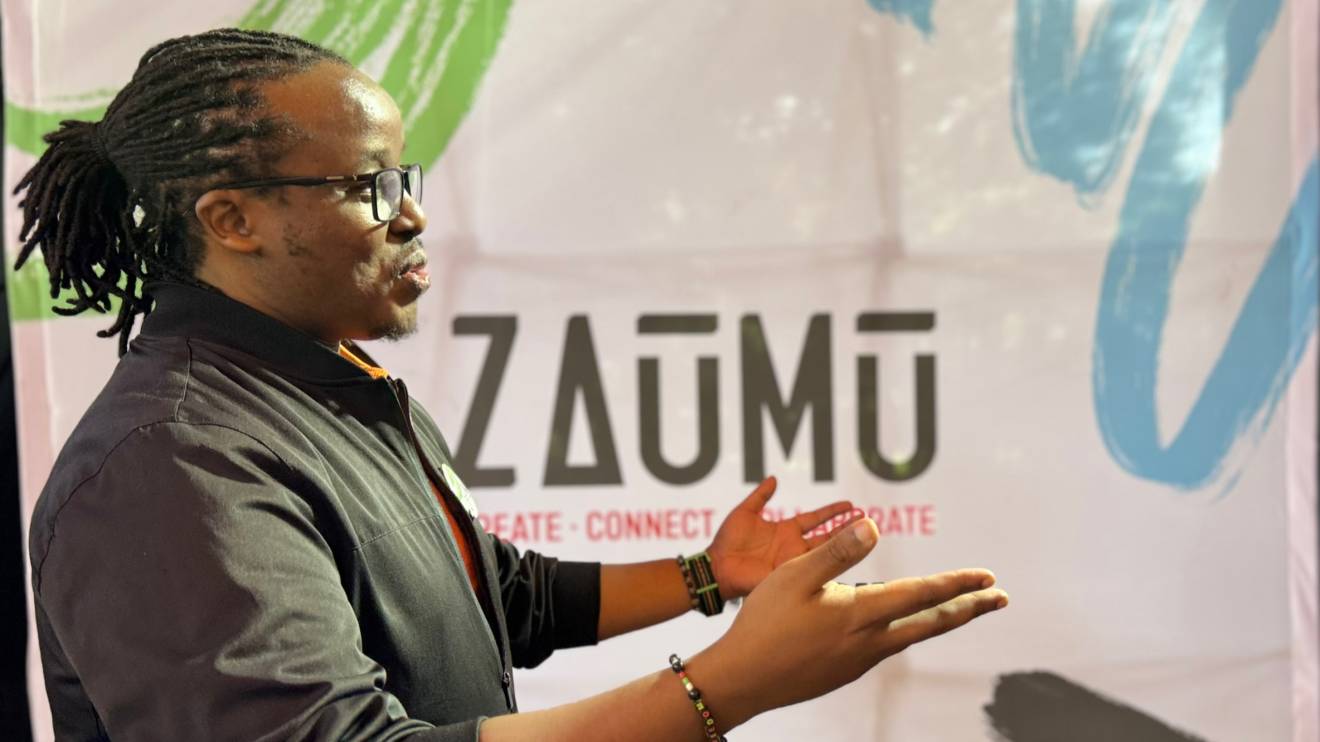Kenya has begun laying groundwork for a new financing agreement with the International Monetary Fund (IMF), with the government hoping to conclude talks by November this year, Prime Cabinet Secretary Musalia Mudavadi has confirmed.
Speaking to Bloomberg on Wednesday, Mudavadi signalled that the government is seeking a more pragmatic arrangement, especially in light of the social and economic turbulence triggered by anti-Finance Bill demonstrations witnessed between June and July, and growing external headwinds such as the tariff standoff between the United States and China.
“Some of the targets were extremely steep,” said Mudavadi. “If you are unrealistic with some of your projections, you end up exerting a lot of pressure on your economy and your people.”
The country is still recovering from the fiscal aftershocks of a prematurely terminated Sh466.1 billion ($3.6 billion) IMF programme, under which Kenya had to forgo access to Sh110 billion ($850 million) in undisbursed funds.
The decision to walk away from that deal, according to Mudavadi, stemmed from its unrealistic expectations and harsh conditionalities. This time, he said, the Ruto administration intends to ensure the programme “allows Kenya to set its own agenda”.
Read More
“We would want a programme that is realistic, maybe another three-year programme,” he added.
The need for a renewed deal is being driven by emerging fiscal pressures, including a growing budget deficit projected to hit 5.1 per cent of GDP by June 2025—up from the earlier estimate of 3.3 per cent.
The government is now looking to borrow more to plug the hole, despite a strained global financing environment.
President Ruto’s ambitious tax reforms, introduced shortly after assuming office in 2022, aimed to raise an extra Sh349.6 billion ($2.7 billion) annually.
However, the sweeping increases—covering essential goods such as bread and diapers—provoked widespread protests and compelled the president to scale back and reshuffle his cabinet.
Externally, the financial landscape for emerging markets such as Kenya has become even more precarious.
The escalating tariff tensions triggered by former U.S. President Donald Trump’s trade policies have stifled global trade flows and rattled funding pipelines from traditional development partners.
“We have to come to terms and discuss these new realities as we negotiate the new programme,” Mudavadi stated.
“We would have to be very realistic based on the numbers that we have as a country to be able to project and show the kind of revenue targets that we want to work with going forward.”
He also warned that traditional sources of aid are shrinking.
Washington’s development arm, USAID, has seen its budget gutted, and European governments are slashing international assistance to reallocate funds towards defence spending, a pivot driven by the war in Ukraine.
At home, the Kenyan government is also taking steps to rein in waste and streamline public expenditure.
One of the cost-cutting measures being explored is the reduction of funds allocated to public participation exercises in the legislative process.
“We are preparing a bill aimed at reducing the cost of public participation in designing development projects,” Mudavadi said, citing the current Sh7 billion ($54 million) budget as excessive.
President Ruto is scheduled to travel to China next week, where his delegation will court further funding—particularly to extend the Chinese-funded railway line towards the Ugandan border, a project seen as pivotal to regional trade integration.
Although specific terms of the new IMF programme are yet to be disclosed, the government’s messaging is clear: this time, Kenya wants a deal grounded in economic reality, not one that risks sparking another round of public unrest.

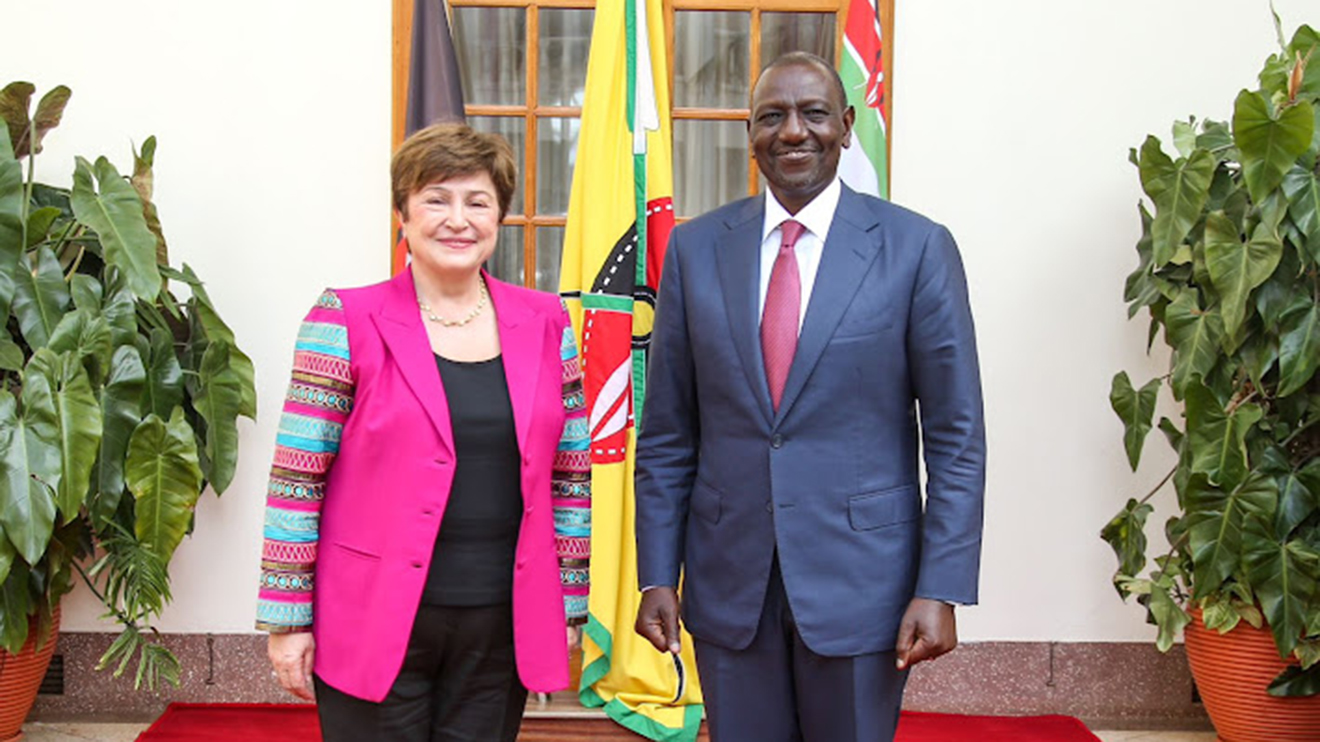
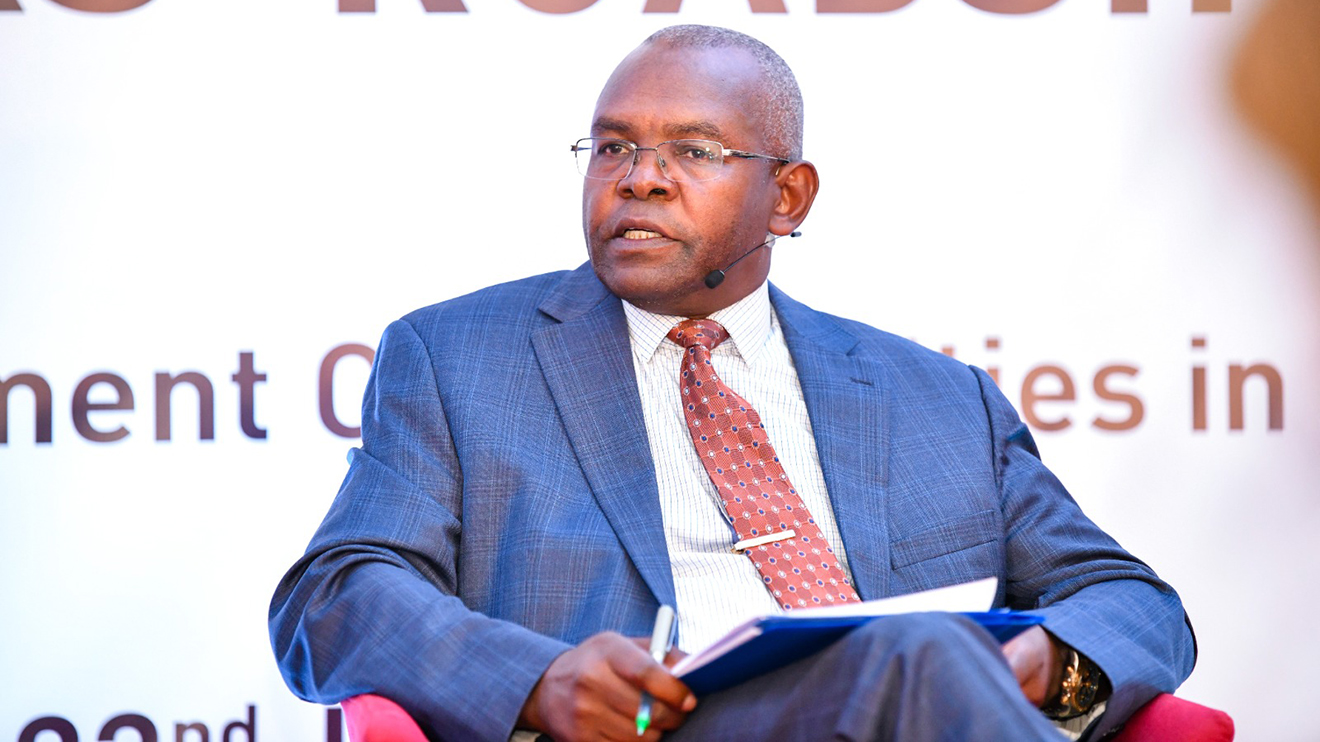

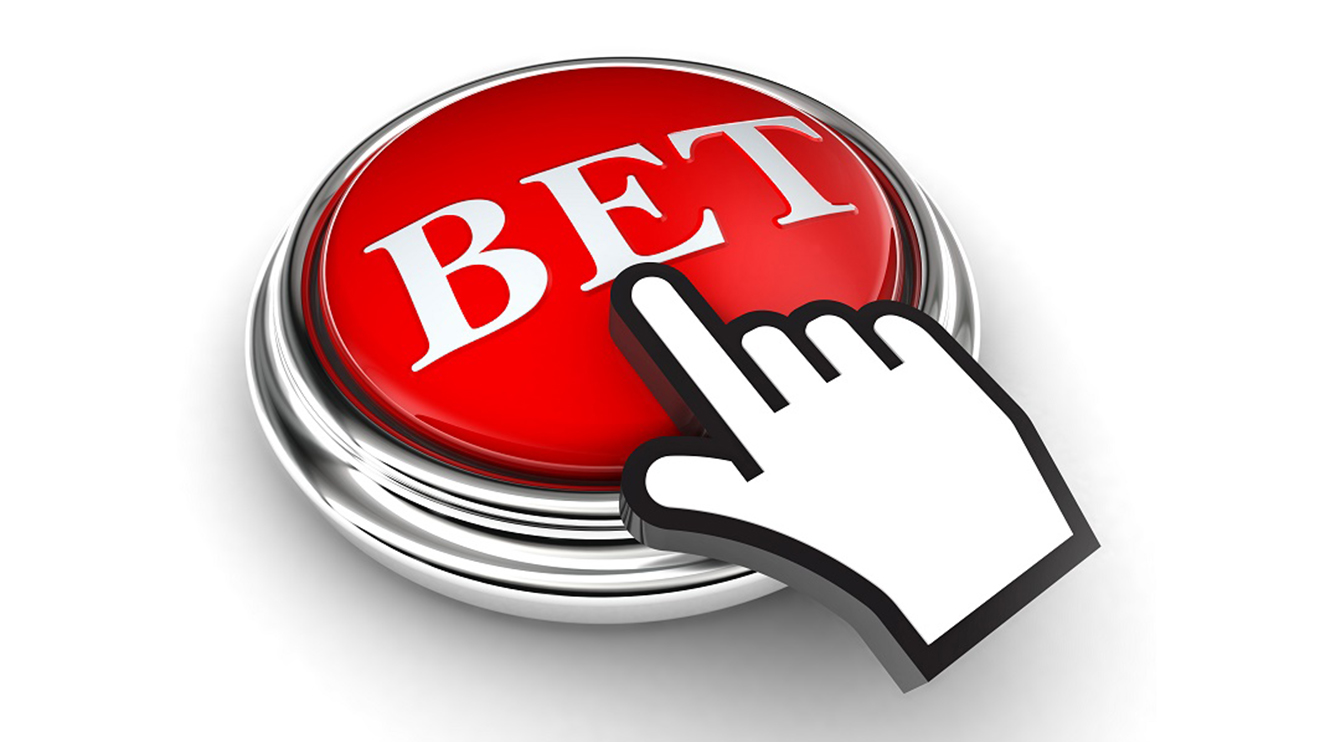
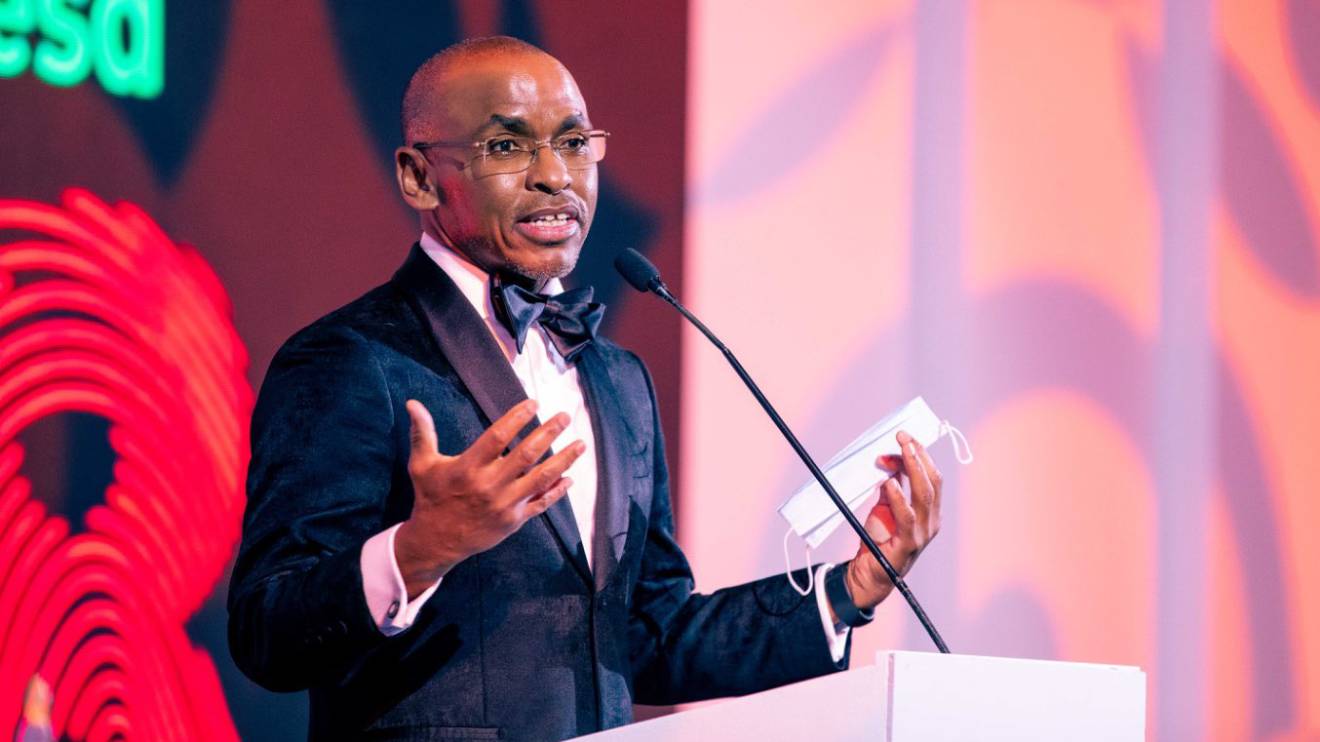
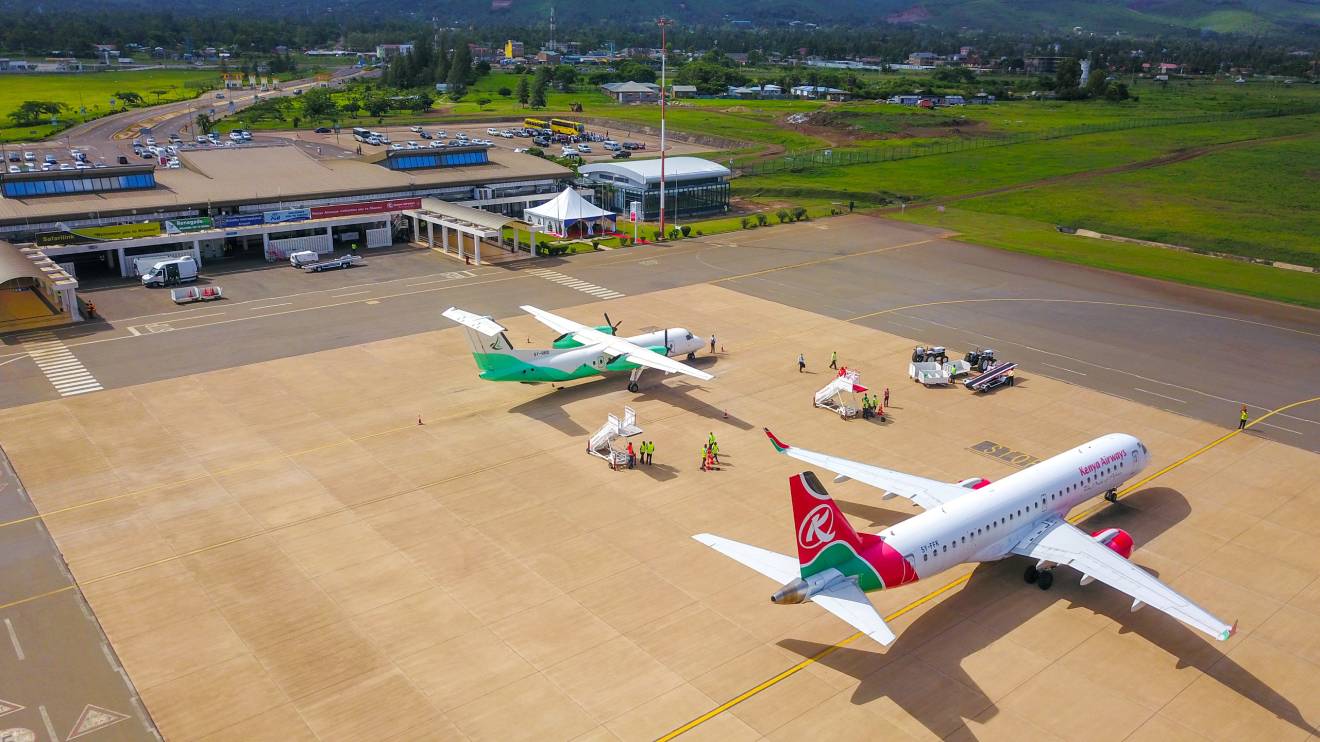
-1745507952.jpeg)

